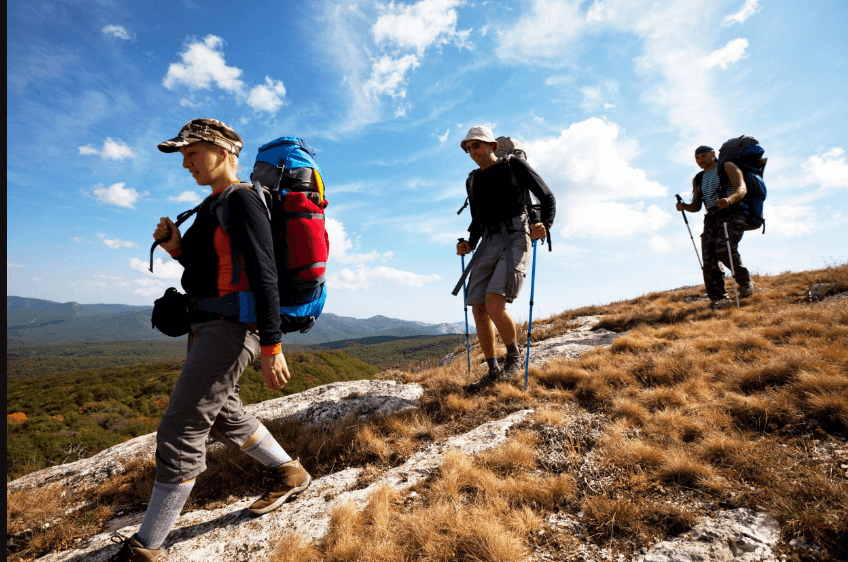
While hiking is all about the adventure, fitness and breathtaking scenery, it’s also about staying safe. Even the simplest hikes can be dangerous if you’re not prepared, so here are seven steps to ensure that you always stay safe, no matter the distance or location.
Step 1: Plan Your Route Ahead of Time
You should always plan your route to make sure that you know the official trail path and how long you can expect to be hiking for. Planning your route also means you can best understand when you can take breaks.
Step 2: Travel with a Guide
For the ultimate safety on unknown trails, a local guide is always a good idea. Trained guides will be able to support you on the direction of the trail, as well as with health and safety.
Step 3: Give Yourself Plenty of Time
You should always try to avoid rushing on hikes, not only for your own health and safety, but also so that you can actually enjoy the experience and take in your surroundings. Always try to give yourself extra time, and even more so in case you get lost and need to double back.
Step 4: Take an Emergency First Aid Kit
A basic first aid kit is a must in case you suffer any injuries, cuts or wounds, which can always happen on a hike if you fall or run into any other problems.
Step 5: Have a Dependable Communication Device
You can’t always rely on your cell phone during hikes, due to limited battery life and signal problems. Having a backup is always encouraged, like a two-way radio as sourced from TALKIESPY.
Step 6: Make Sure You Have Food and Drink
Supplies are a must to keep you energized, but most fundamental is water to stay hydrated. Be sure that water is your number one supply before other drinks, and pack as much as you comfortably can to make sure you feel your best during your hike. High-energy snacks and foods will always be a plus.
Step 7: Don’t Challenge Yourself Too Much
Hiking is a great way to challenge yourself and build your fitness levels, but it’s important to never try and do more than you’re able. Long and intensive hiking trails may be appealing for your own sense of fulfilment, but if hiking trails are above your ability levels, you can run into a variety of problems if your body isn’t ready for it.
You can always work your way up to more challenging trails, but never do anything which you don’t feel comfortable with, and which is above your fitness level.
In Summary
The key take away points for staying safe and well on any hike include:
- Understanding your route ahead of time
- Seeking advice or support, such as with a dedicated guide
- Understanding your own fitness and ability levels
- Packing essentials, such as a first aid kit, water, and the right food
- Give yourself enough time to hike at a comfortable speed
- Always have a way to communicate




More Stories
A Helpful Guide for Packing Ahead of the Move to a Care Home
Ace the Game: Tactical Strategies for Baccarat Success
Preparing Your Loved One for Care Home Living